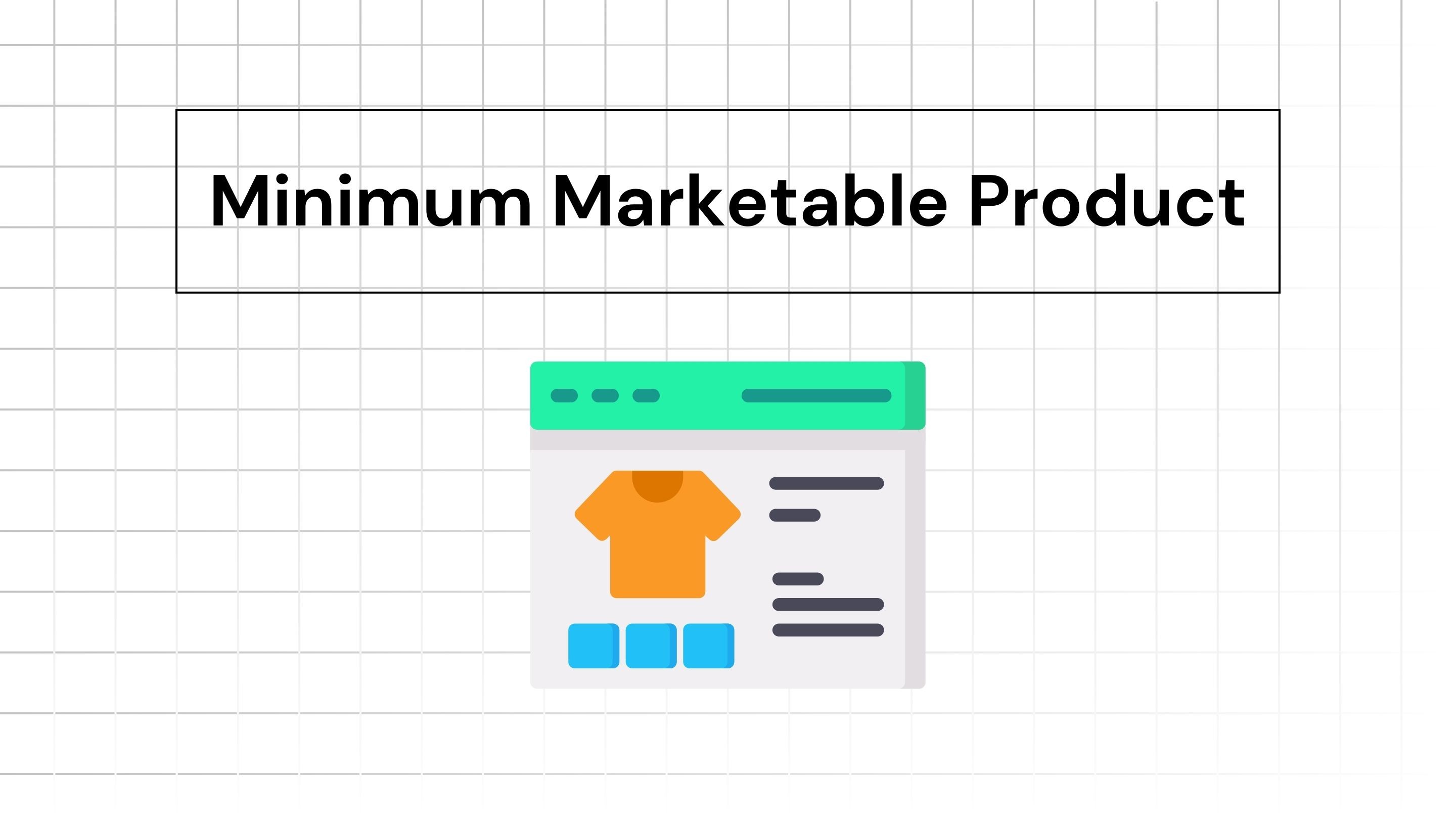
Iterate AI
Jan 19, 2025
Minimum Viable Product (MVP) is a common term among product managers and founders. We have all heard it!
One step after validating MVP is the Minimum Marketable Product (MMP). It is the smallest version of a product that is good enough for users to use and generate revenue to the company.
MMP needs to have the basics sorted in all three: functionality, usability, and market readiness. This ensures the product can achieve initial success while laying the foundation for future growth.
Key Characteristics of Minimum Marketable Product
Here are a few common characteristics:
Core value delivery
An MMP must address a specific problem or need for the target audience. It is not just about offering a solution but ensuring that the solution delivers measurable value. You can see that with your retention and repeat users.
Market readiness
The product should meet quality standards, including usability, performance, and reliability, to satisfy early adopters. Yes, your product can never be fully UX-ready or bug-free. There will always be room for improvement. However, there are certain factors like responsiveness in different devices which you can’t compromise.
Monetization potential
An MMP should be capable of generating revenue, whether through direct sales, subscriptions, or another viable business model. You should have a payment gateway integrated for the same.
Scalable foundation
While minimal, the MMP should be designed for scalability to accommodate future enhancements and feature additions without major overhauls. For example, if your product can handle 100 logins now, it should be able to handle 10000 without a lot of work.
Differentiation from competitors
The product must have a Unique Selling Proposition (USP) for you to have an edge over your competitors. Especially if you are in a crowded market, there will be many products like yours and you need a strong USP to set you apart.
Criteria for Determining MMP Readiness
Ensuring your product is MMP-ready involves meeting specific criteria across different dimensions. Here are the key aspects to evaluate:
User-centric functionality
Essential features: The product should include only the most critical features that solve the core problem for your target audience.
Customer feedback integration: Use a streamlined channel to receive feedback. There should be a way for your users to interact with you to give feedback.
Ease of use: The functionality should be intuitive. It means the UI should make users feel it is easy to get the value out of the product. In fewer words, there should be a minimal learning curve for users.
Quality and stability
Bug-free operation: The product must operate reliably without bugs under normal use cases. The most common flows should have not any bugs.
Performance optimization: It should meet performance benchmarks such as load times, responsiveness, and stability.
💡 Find if your users love or hate your MMP
Product analytics tells you how your product is performing. You need this data to prioritize the right things and position based on your strengths. To set up product analytics easily use Iterate AI for any analytics software such as Mixpanel or Amplitude. Iterate AI gives you the code you need for all the events you want to create. Learn how.
Compliance standards: Ensure the product adheres to industry regulations and accessibility standards such as WCAG, GDPR, etc.
Market appeal
Value proposition: You will probably still be building your audience on your product and social channels. However, it is important for you to continually make your audience get your value proposition.
Visual and brand alignment: The product’s design, branding, and messaging should resonate with the intended market. It is okay if you have not figured out your brand identity yet. There should be consistency in certain important factors like font, colors, alignment, graphics, etc.
Competitive differentiation: Have an answer to why should your users choose you over your alternative.
Revenue readiness
Monetization strategy: How the product will bring revenue? Is it through pricing models, subscriptions, or other methods? How long does it take for a user to convert to a paying customer?
Payment integration: If using a third-party tool, use a popular and trusted one. Ensure secure payment processing for customers with good communication.
Scalability in revenue: Design pricing tiers or additional offerings to scale revenue as the customer base grows.
Go-to-Market preparedness
Marketing strategy: Have a plan on all the channels you want to target and the type of content and positioning to use.
Support infrastructure: Provide resources for customer support, such as help centers, FAQs, or live chat.
Advantages and Disadvantages of Minimum Marketable Product

Other benefits of MMP include:
Get started with a revenue stream: By being marketable from the outset, an MMP can start generating income sooner, which supports further development.
Customer validation: A well-received MMP can validate market demand, proving the viability of the product and business model.
Strategic focus: Concentrating on core features and value helps streamline development and reduces the risk of overcomplication.
